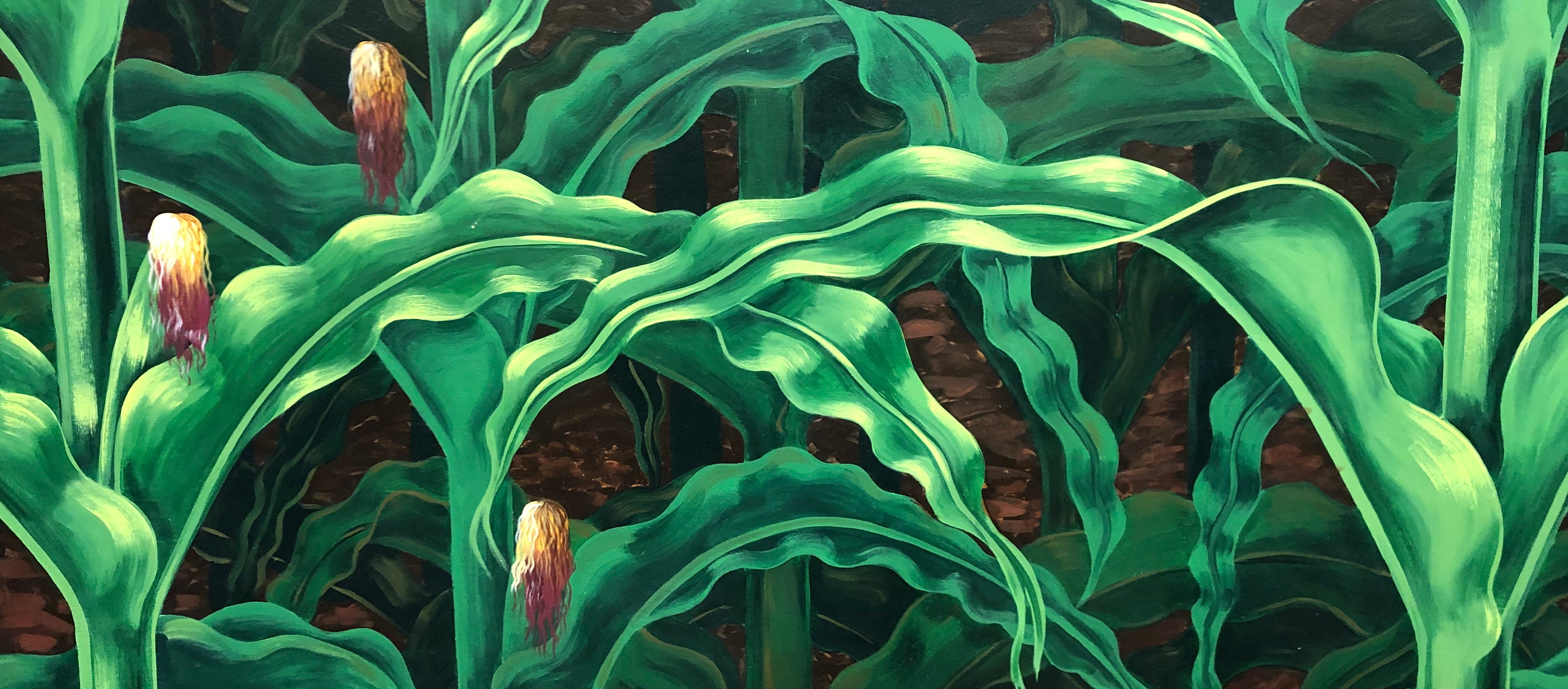One of our favorite fall events is watching our ginkgo tree drops its leaves.
The ginkgo tree is a "living fossil" with its origins dating back 270 million years. It is a gymnosperm. There are male trees and female trees. The male tree is usually more prized since the female tree drops its flesh-covered seeds on the ground in the fall. As they rot, they can smell bad. However, some people with allergies are more bothered by the male tree.



Millions of years ago the tree was widely distributed around the world, but its natural environment shrank to a small area in China to near extinction. But gardeners have now spread this beautiful tree around the world.
The ginkgo is amazingly durable. It outlasted the dinosaurs after the asteroid strike. The tree is highly resistant to insects, air pollution and even atomic bombs. Ginkgo trees in the center of Hiroshima were charred but soon sprang back to life after the first atomic bomb was dropped on people. The roots do well in confined spaces, making this a very desirable tree for urban areas. The tree is capable of living over a thousand years.



The leaves are fan shaped with veins which radiate out into the leaf blade. They turn saffron yellow in the fall, if cold temperatures don't come too soon. What makes the falling leaves an event is that, at least for the tree in my front yard, about 90% of the leaves drop in the space of about 4 hours. It is a cascade of brightly colored leaves in mad flurry.






















